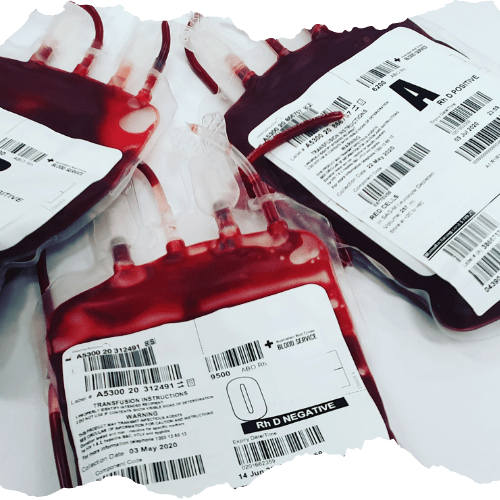As a proud sponsor, HemoClear attended the Bloodless Medicine and Surgery Society Annual Meeting. At the event Dr Rosita Bihariesingh presented a case of severe bleeding after surgery, HemoClear provided the solution by enabling post-operative cell salvage.
A case of severe bleeding after cardiac surgery
A 53 year old male patient that underwent emergent surgical revascularization of his myocardium Dr Bihariesingh and her team had successfully salvaged the blood lost during the surgery. Prior to the operation the patient’s haemoglobin level was 7.4, his platelet count was 321×109/L. The surgery was completed without any complications. Upon leaving the operation room the patient had a haemoglobin level of 5.7 mmol/L and thrombocytes 285×109/L. In the hours after the surgery the patient gradually started to lose more blood. After a few hours had to be returned to the operating room to relieve the tamponade. When leaving the operating room again the patient received high doses of medication to tighten his blood vessels and increase his blood pressure. The next day Dr Bihariesingh’s fear became reality. The patient started bleeding again and lost close to a liter of blood in just four hours. The patient’s haemoglobin level was now dangerously low at 3.1 mmol/L.
Accessible post-operative cell salvage was the only option
‘Red blood cells and thrombocytes were not available at that moment because of large shortages caused by the COVID pandemic.’ Dr Bihariesingh explained. At this point in time HemoClear offered the highly needed solution to salvage the patient’s blood shed postoperatively. ‘ With the use of HemoClear filter we were able to wash the blood from the tubes and re-infuse 600ml of the patient’s own washed blood cells’. With the autologous blood transfusion the patient’s haemoglobin level was immediately increased to 3.9 mmol/L.
Starting to recover
Over the hours following the HemoClear autologous transfusion the blood loss decreased to less than 50ml per hour. The ionotropic medication that had forced the patient’s heart to keep beating were minimalized. Three days after the surgery the patients began revalidating with a physiotherapist. Four days after the surgery the patient’s haemoglobin had risen to 4.6 mmol/L. The patient didn’t develop any infections during his hospital stay. After nine days he went home to make a full recovery.
Interested to read Dr Bihariesingh’s full case report?

